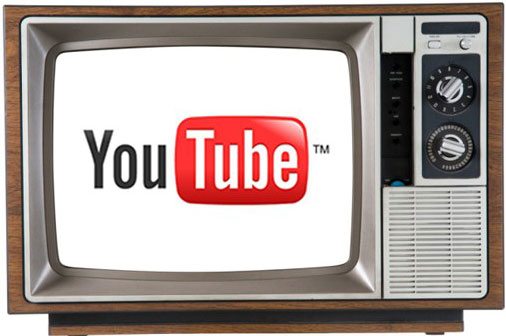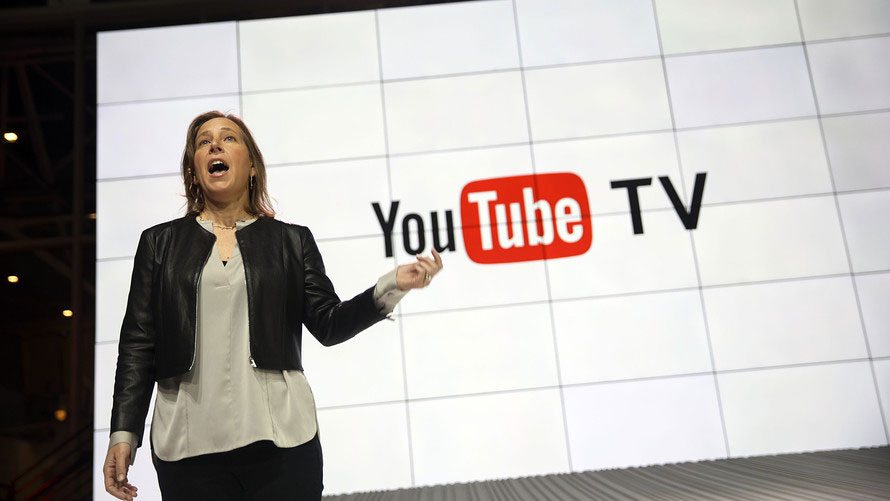How Google Will Finally Kill Traditional TV

It was the year 2005. I sat in a dorm room in Iowa with an oversized bottle of the cheapest liquor on the rack. My friends were discussing their next tricep tattoos, and my hemp-necklaced brah-bud was desperately trying to explain a new website he had just come along.
“They just have a bunch of videos for free. You can search anything.” He was right. Within a matter of seconds, Dave Matthews in all of his pajama-pants glory was hee-hawing right before our very eyes. For free!
YouTube was cool, but with a litany of copyright violations and the potential for graphic content — it always felt like the next day might be its last. But somehow it wasn’t, and 12 years later, it still isn’t. After Google purchased the video-sharing site for $1.65 billion in 2006, YouTube has grown from the world’s foremost authority on zany cats into the second-most visited website in the world.
 And on Tuesday, YouTube announced the next step in its evolution — YouTube TV — a streaming TV service that bundles around 40 channels including all of the major broadcast networks along with some of the most popular cable channels such as ESPN (all of them), FX, Bravo, Fox News, and MSNBC. The standalone app costs $35 a month, which grants access for six separate accounts. Three of those accounts can be streamed simultaneously.
And on Tuesday, YouTube announced the next step in its evolution — YouTube TV — a streaming TV service that bundles around 40 channels including all of the major broadcast networks along with some of the most popular cable channels such as ESPN (all of them), FX, Bravo, Fox News, and MSNBC. The standalone app costs $35 a month, which grants access for six separate accounts. Three of those accounts can be streamed simultaneously.
So, sweet, you get a bunch of great content (unless you love The Challenge and Don Lemon. MTV and CNN are not included) at a discounted price when compared to satellite or cable TV. But on a larger scale, what does YouTube’s foray into the TV arena signal? As Mike Shields points out in the Wall Street Journal, this is likely Google’s first big swipe at the traditional TV advertising market. It’s long been a Google target, but breaking into the $70 billion market has proved to be more difficult than expected. Here’s how Google expects to capitalize:
- Cable providers such as Time Warner and Comcast routinely offer two minutes of advertising space for abnormally enthusiastic car salesman and other local businesses.
- Those two minutes are now expected to be available for Google to sell on the networks offered by YouTube TV.
- Because YouTube TV is a national service, it can sell this space to national brands with more resources than J.G. Wentworth.
- Because Google has better targeting technology and a bottomless pit of consumer data, these ads can be more accurately tailored to specific audiences.
- If this space proves to be more effective than traditional TV advertising, it’s likely time to open up the financial flood gates.
For advertisers, another mainstream shift toward streaming services may be too difficult to ignore. While traditional TV advertising will still be the preferred outlet, this might be the first chink in its armor. Within 12 months, we expect to see a completely different landscape, where TV advertising mimics the personalized ad experience we see every day on the webs. This is the next product borne of our progression toward an all-encompassing digital movement, where choice and customization give consumers the power to see what they want, and advertisers the ability to give it to them.
Stay In Touch.
Subscribe to our monthly email newsletter.
